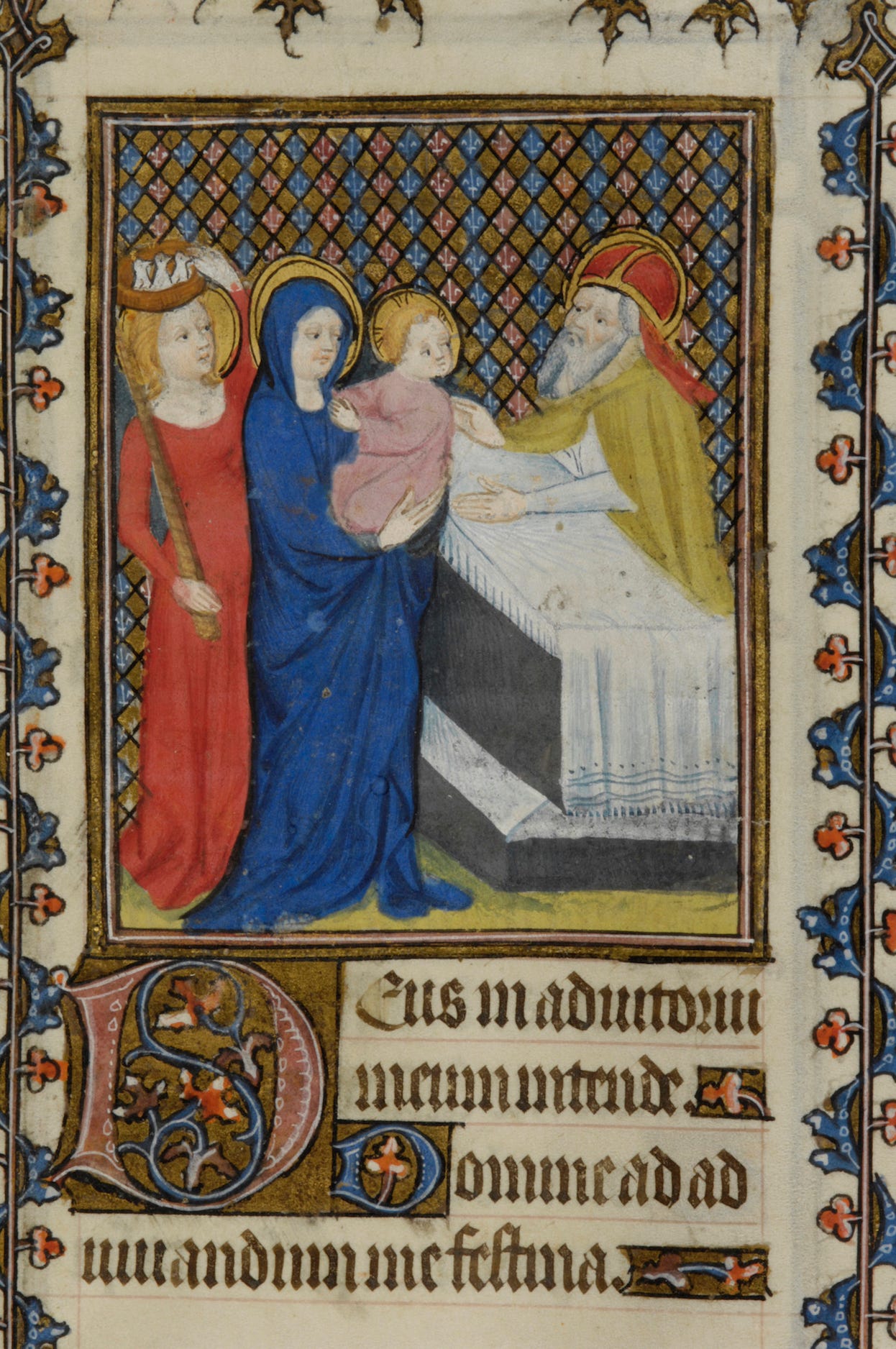the churching of women: belief and practice

Throughout my reading on the churching of women, I’ve noticed a frequent theme of the tension between (stated) belief and practice. It seems to me that churching is a particularly interesting example of the way we in the church often say we believe one thing… and if we poked at those beliefs we might discover that what we “really” think is a slightly different second thing… and when it comes to real life, what we’re actually enacting is in fact a third thing. As Natalie Knodel writes, “...the historical development of the rite commonly called ‘the churching of women’ provides an interesting case study in the history of liturgy. It shows how diverse theological development and popular perception can be.”1 To me, it’s interesting enough to identify these differences between belief and practice in the history of churching, but I’m hopeful that we might also be able to draw some generalizable conclusions that apply to a variety of issues in church life today.
Through this series, we’ve observed several examples of tension between “official” theological interpretations of churching and informal popular understandings of its significance. For example:
David Cressy points out the Puritan-era conflict between theologians resisting churching as an “unreformed” and “patriarchal” rite harming women on the one hand, and new mothers eager to “meet and celebrate with their peers” on the other.2
Carrie Frederick Frost describes the present-day practice of many Orthodox priests who “[alter] the Churching rite on the fly, excluding the harsh and theologically poor connection between childbirth and impurity,” thus bypassing official theological structures to reinterpret the rite in real time.3
Paula Rieder explores the ambiguous relationship between the concept of ritual impurity, misogynistic views of women’s bodies, and the need for physical healing following childbirth.4
What is the relationship between official clerical beliefs, popular lay interpretations, and real-life practices? In my experience, in white American evangelicalism we often tend to assume that real-life practices follow official beliefs, and where practices and popular (mis)interpretations are misaligned with official beliefs, it represents a failure of verbal catechesis. That is, if we only believed harder and taught people better, there would be no misalignment between beliefs and practice. But I’m not convinced that it’s as simple as that. For one thing, the practices that we act out shape our beliefs: the effect of belief and practice on each other can certainly be a two-way street. Additionally, when popular interpretations differ from official theological interpretations, perhaps it can indicate not that lay people don’t intellectually understand the official theology but rather that something is missing from it.
The idea of ritual impurity in churching is a possible example of practice shaping belief. Related to the last bullet-point example above, Rieder summarizes and applies Catherine Bell’s ideas on ritual: “[C]ommon belief is not necessary for the function of a dominant value. All that is necessary is consent.” … “[I]t would not be necessary for every member of the medieval parish to believe in the pollution of women in the same way or to the same degree, as long as they still consented to participation in the rite… By acting out the purification of women, the ritual of churching created the category of polluted women.” Liesbet Duerinck Van Gysegem seems to agree: “Willfully or not, rituals are powerful tools for enforcing normalization.”5 We might disagree on the extent to which ritual impurity figures in various historical churching rites, but it seems clear enough that some forms of the rite have reinforced and created space for the category of “polluted women”.
The communal-celebration aspect of churching may represent an example of official theological interpretations missing a significant aspect of the rite that popular interpretations picked up on. When new mothers approached churching primarily as a happy opportunity to celebrate and enter back into community, as Cressy noted, it could have illuminated a less obvious aspect of churching: the joyful experience of reuniting with community, perhaps around the Lord’s Table, after time apart or time away. Instead, it seems that these women’s glad experiences were sometimes dismissed with misogynistic stereotypes about gossip and giggling.
When official theology, popular belief, and actual practice are at odds, real people—especially the marginalized—can be harmed, and the God of order and truth is not honored. So what can we do to move toward more consistency? I can’t claim to have a comprehensive solution, but maybe it’s a step in the right direction to at least ask questions about the relationship between our beliefs and practices. In my experience, it’s common to ask, “How should we apply this belief? What should this doctrine mean in practice?” I would invite us to flip the question around from time to time: “What does this practice accomplish, what effect does it have? What does it mean that it has that effect?” This could help us bring our real-world experiences into conversation with our stated beliefs and help us pursue more integrated lives.
Where have you seen examples of beliefs in tension with practice? How does it make a difference to think of a multidirectional relationship between beliefs and practice, rather than practice simply following belief?
The Churching of Mothers in the Orthodox Church (Carrie Frederick Frost, PhD)
On the Purification of Women: Churching in Northern France, 1100-1500 (Paula M. Rieder)
Rite for the Introduction and Healing of Women after Childbirth (Liesbet Duerinck Van Gysegem)



